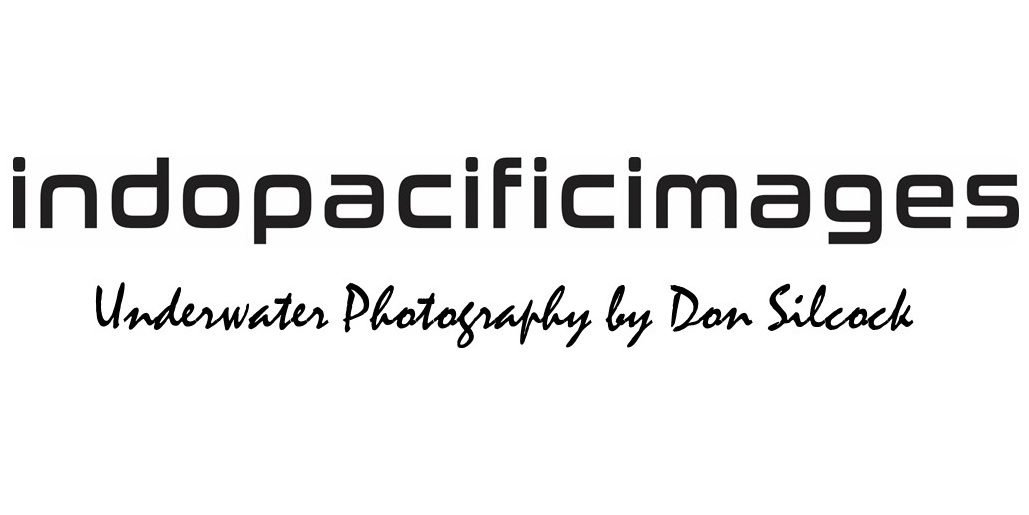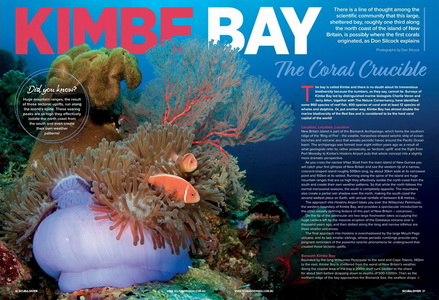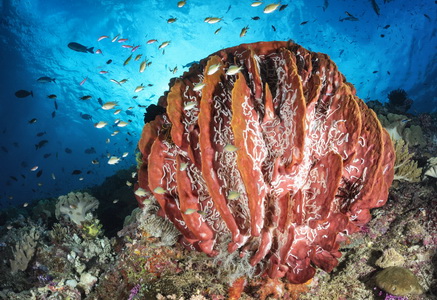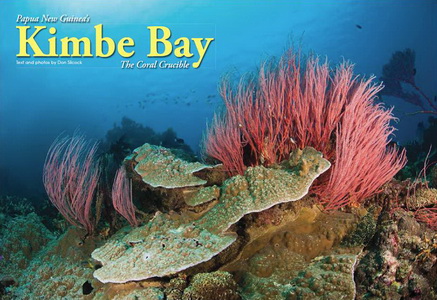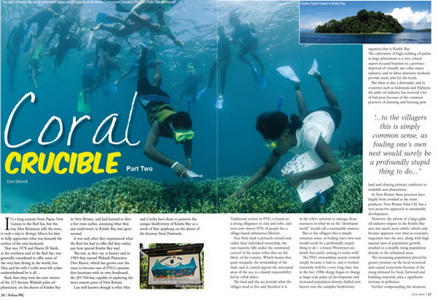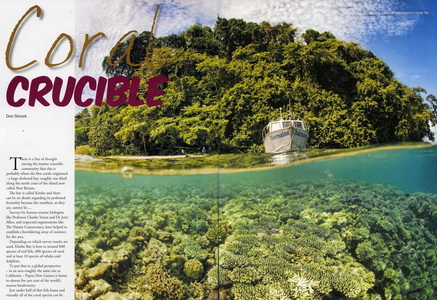Diving Kimbe Bay in PNG... There is a line of thought among the scientific community that this large, sheltered bay. Located roughly one third along the north coast of the island of New Britain is possibly where the first corals originated. The bay is called Kimbe. And is no doubt about its tremendous biodiversity because the numbers, as they say, cannot lie… Surveys of Kimbe Bay led by distinguished marine biologists Charlie Veron and Jerry Allen. Together with The Nature Conservancy, have identified some 860 species of reef fish, 400 species of coral and at least 12 species of whales and dolphins. Or, put another way... Kimbe …
Kimbe Bay
Diving the Witu Islands
Diving the Witu Islands... As they say in the real estate business, location is everything. And it is Papua New Guinea’s physical position, astride the Equator, at the end of what was historically referred to as the Malay Archipelago. That puts it right in the middle of the greatest marine biodiversity on earth – the Coral Triangle. The country occupies the eastern half of the island of New Guinea (the second largest in the world after Greenland). Plus the many islands of the Bismarck and Louisiade Archipelagos. And… because it straddles the Equator, PNG is exposed to both the Northern and Southern Equatorial Currents, plus the …
Kimbe Bay – The Coral Crucible
Kimbe Bay the Coral Crucible. There is a line of thought in the scientific community that this is where it all may have began. Where the first corals originated… a large sheltered bay, roughly one third along the north coast of the large island of New Britain. The bay is called Kimbe and the country is Papua New Guinea. The wild and exciting nation crafted together in colonial times from the eastern half of the huge island of New Guinea and a string of other islands stretching out in to the Bismarck and Solomon Seas. Surveys have shown that the bay is host to around 860 species of reef fish and 400 species of coral. Not to …
Kimbe Bay Conservation – Part 2
Conserving Kimbe Bay - what would you do if one day you realized that the side-effects of the industry you helped to introduce were starting to degrade the pristine environment of your backyard - turn a blind eye... hug a tree perhaps? Well, if you are anything like Max and Cecilie Benjamin, you fight long and hard to protect it and establish a framework that will empower the local population to take ownership of the process. Easier said than done, particularly in that complex equation that is Papua New Guinea... But Mahonia Na Dari, next door to Walindi Plantation Dive Resort, is living proof that it can be done and a testament to …
The Conservation of Kimbe Bay – Part 1
Kimbe Bay Conservation - there is a line of thought among the marine scientific community that Kimbe Bay is probably where the first corals originated – a theory that has evolved as a result of the various surveys conducted to assess and quantify the bay’s biodiversity. Do the math as they say... almost 900 species of fish, 10 species of whales and dolphins and 400+ species of stony corals. To put that in a global perspective – in an area roughly the same size as California, it is estimated that Papua New Guinea is home to almost 5% of the world’s marine biodiversity. Just under half of that fish fauna and virtually all of the …
